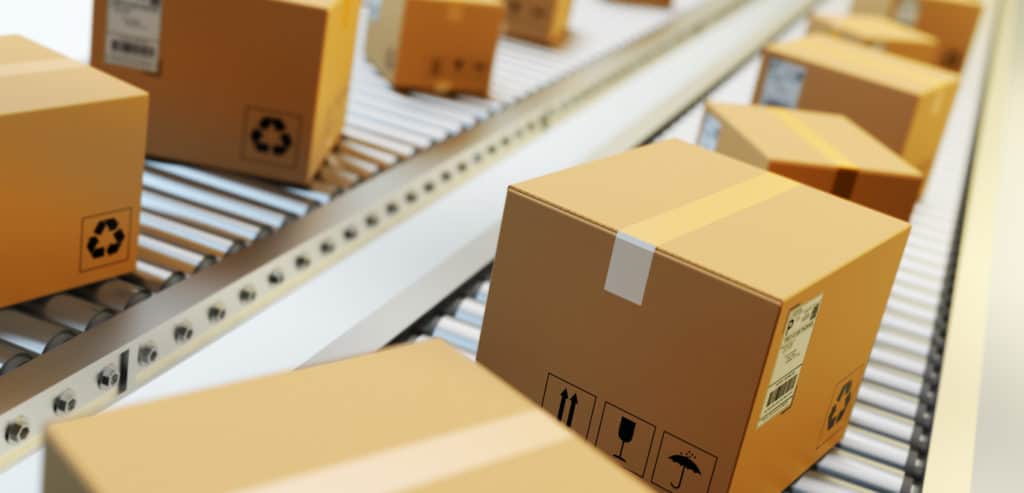
Anderee Berengian, co-founder and CEO, Cie Digital Labs
Amazon has gleefully eviscerated the retail industry for 20 years now. Now comes the coup de grace.
Until now, the major flaw in Amazon’s strategy has been that some 90% of sales still occur offline. Surveys show consumers prefer an omnichannel experience to a strictly online one. An A.T. Kearney survey, for instance, showed that just 5% of consumers preferred an online-only retail experience.
Having reached the point where most of its rivals are weakened and scrambling to catch up, Amazon has recently started opening physical locations and is considering selling items like appliances and furniture. Like a conquering army, Amazon’s path to victory is in sight. While it’s not assured, Amazon has a chance to dominate retail further and turn the rest of the industry into also-rans. Amazon already controls 43% of online retail sales. Imagine if that figure was around 80%. Amazon would be the Google of retail. Retailers can still reverse this trend, but time is running out.
Here’s a plausible route to complete victory for Amazon:
- Amazon wins omnichannel. The idea of being able to buy an item online and then pick it up in store has tremendous appeal. Unfortunately, most retailers can’t deliver on that promise. A 2015 survey of 1,000 shoppers found that of the 35% who opted to buy online and pick up their goods in store, 50% had a problem getting their items. This isn’t just a logistical issue, but a question of will. In a recent survey 68%of retailers groused about the increased costs of e-commerce shipping, returns and in-store pickup. Retailers have taken steps to improve this situation lately by employing ship-from-store, which lets retailers use dormant space at their retail outlets to expedite deliveries, among other back-end improvements. Most are still poor at integrating consumers’ online and offline experience. Contrast that with Amazon’s Seattle bookstore. There are no price tags on books in the store, but consumers can scan the items with an Amazon app. Prime members also get discounts on books.
- Amazon wins same-day delivery. The main benefit brick-and-mortar has over online is convenience. Consumers can drive or walk to pick up their items rather than waiting a day or two for it to come in the mail. What could be more convenient than that? How about same-day delivery? Amazon offers same-day delivery in more than 5,000 cities and towns at this writing. As usual, brick-and-mortar retailers are struggling to catch up. Walmart just began testing two-day shipping last year.
- Amazon gets all the top talent. Top programming recruits would rather work at Amazon than Kohl’s. It’s not about money but prestige. Amazon is a brutal place to work, but merely making it in the door is a testament that you are part of the elite. Put in a few years at Amazon and your market value skyrockets. Walmart can’t hope to compete, no matter how much money it throws at young engineers. To prove the point, Walmart recently paid $3.3 billion for Jet.com, a company created by Amazon veteran Marc Lore. Having the top industry minds creates an unbeatable advantage.
The last point, about reputation, extends to the consumer realm too. Amazon offers a great customer experience. If it didn’t, we wouldn’t keep using its site and re-upping on Prime. Consumers trust Amazon. When the company moves into groceries, local services and drone delivery, consumers assume that it will work because it usually does.
As the stats show, that’s not true for most retailers, who can’t even get in-store pickup right. The crazy part is that Amazon is pretty vulnerable itself. The company is wildly overvalued, with 92% of its current worth based on profits after 2020. Its content marketing and social media outreach is bush league. And it is barely profitable now and isn’t growing particularly fast for its industry. Puncture investor optimism and Amazon will begin sinking like a soufflé.
How? Retailers can start by offering true omnichannel service that is deeply rooted in customers’ needs. A 2015 survey of 1,000 shoppers found that of the 35% who opted to buy online and pick up their goods in store, 50% had a problem getting their items. This won’t stand.
Retailers can also work to make their stores an experience. As town squares disappear and more labor-saving devices free up leisure time, consumers will be looking for an outlet. Savvy retailers have attempted to fill that void by offering everything from indoor rock climbing to VR. But stores don’t have to offer amusement park-like experiences. Trader Joe’s has earned a cult following by curating new food experiences. Customers visit the store because they can’t buy items like Mandarin Orange Chicken and Five Seed Almond Bars anywhere else.
Finally, retailers need to bring in tech outsiders to reimagine their businesses. While innovation labs are a non-starter, retailers can tap innovation by partnering with others. Whole Foods, for instance, has linked with Instacart to fill in a gap in its service. The other option, buying startups, is an expensive one, but is necessary in this environment.
Will retailers wake up and start initiating these changes? I hope so. But first they have to realize how Amazon views its business. Like other platforms, Amazon doesn’t see itself as a retailer, it sees itself as an entity that’s hell bent on winning customers, no matter where they are. Retailers need to fight that battle because the one they are currently fighting is becoming irrelevant.
Based in Irvine, Calif., Cie Digital Labs creates digital technology for brands, provides consulting services and advises start-ups.
Favorite